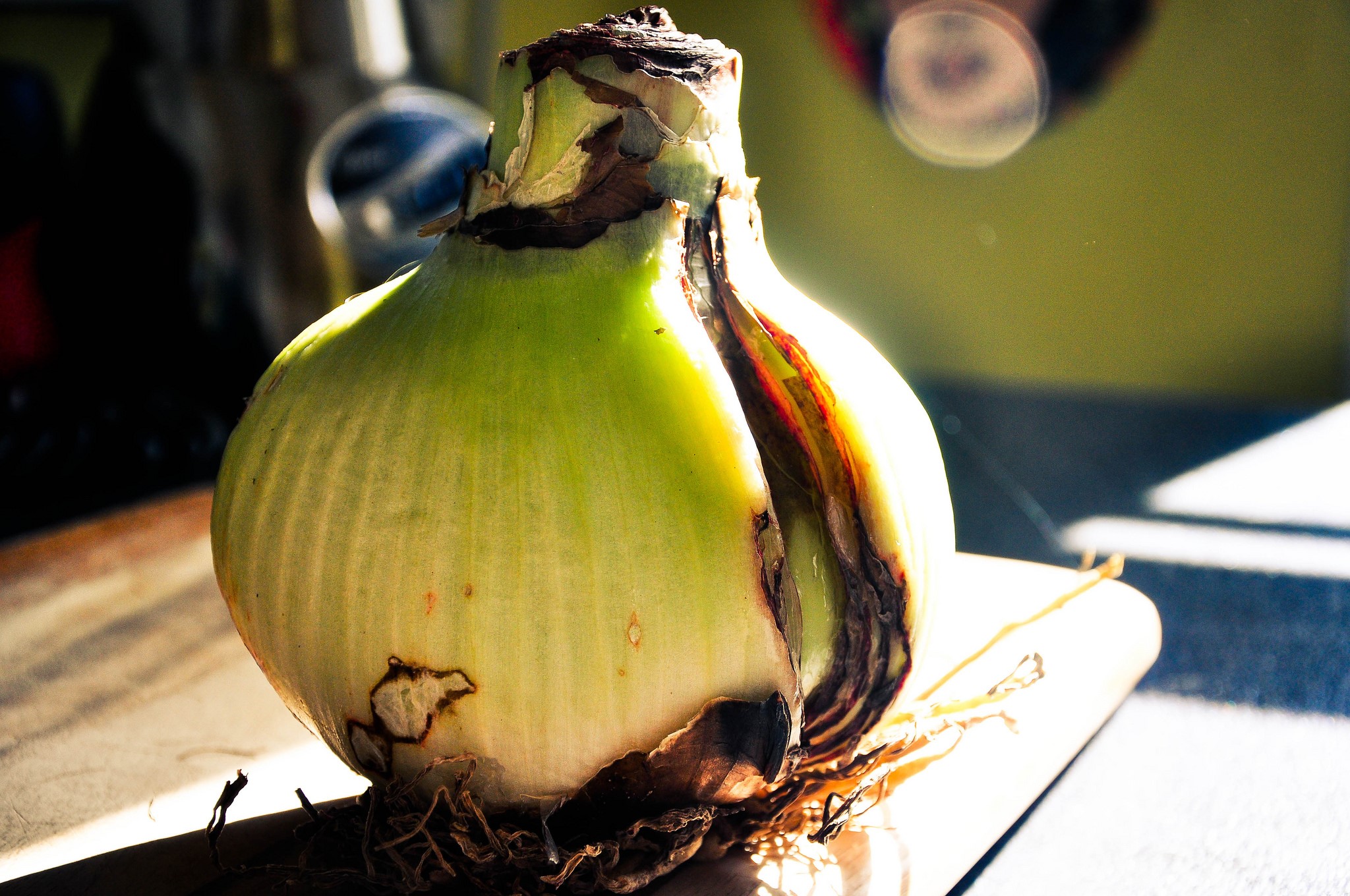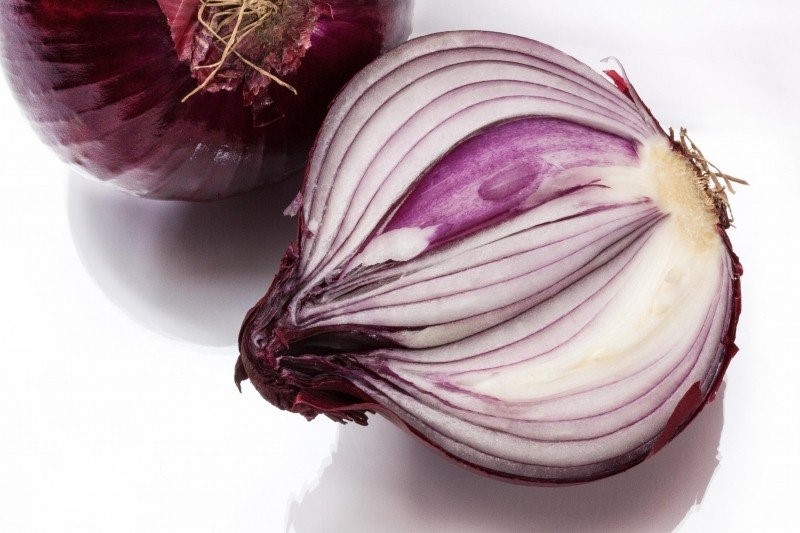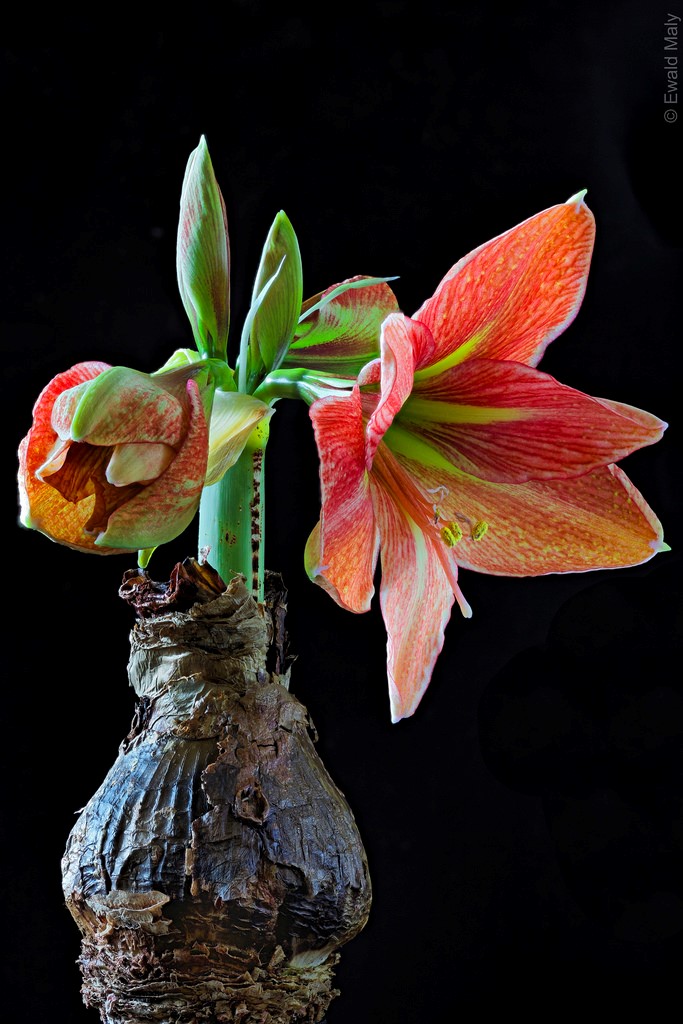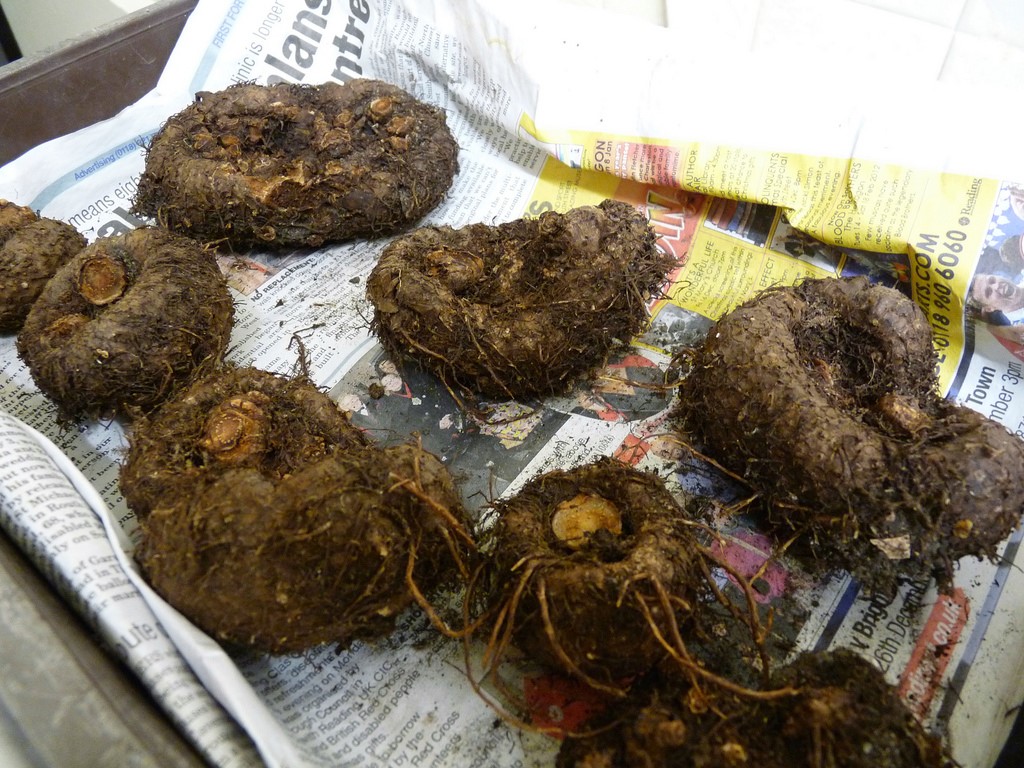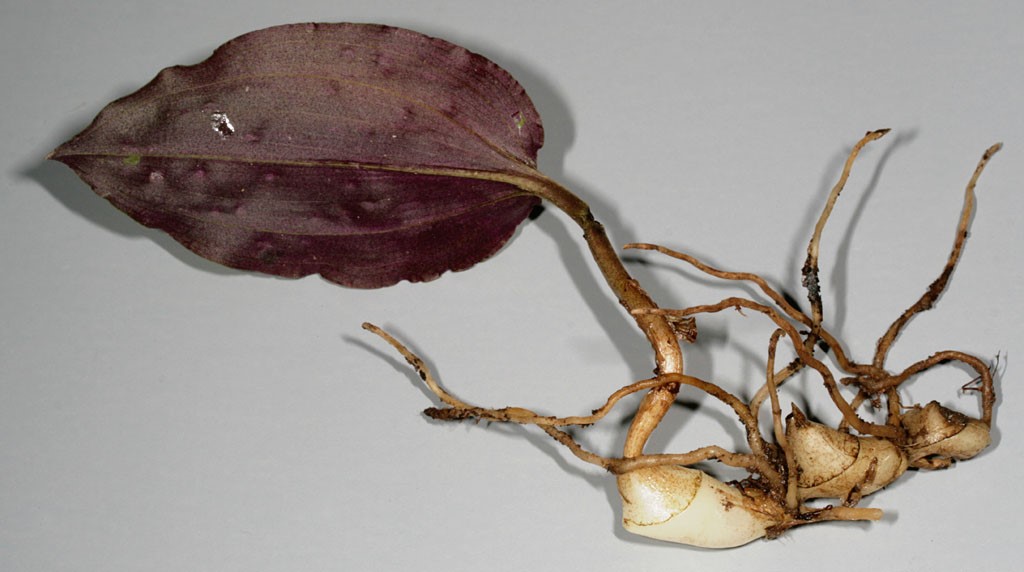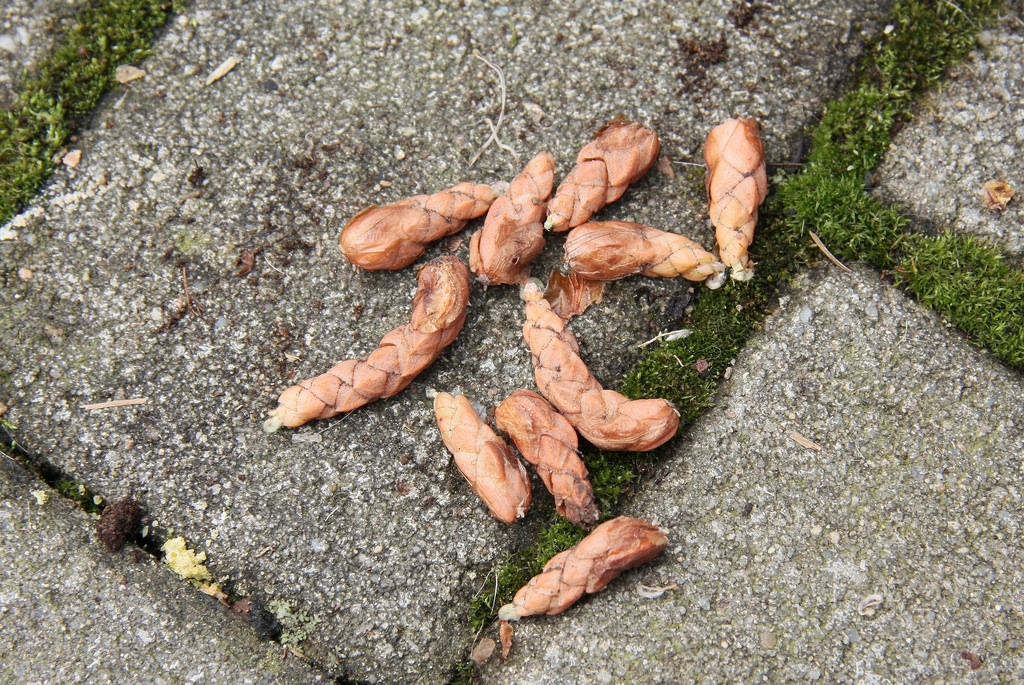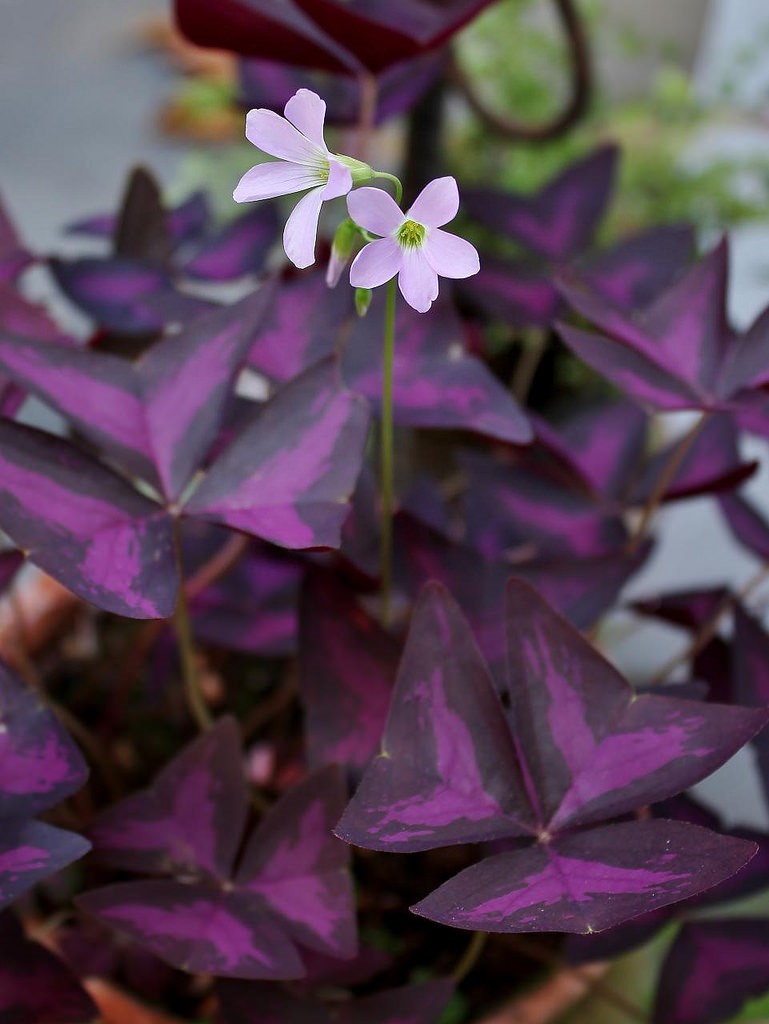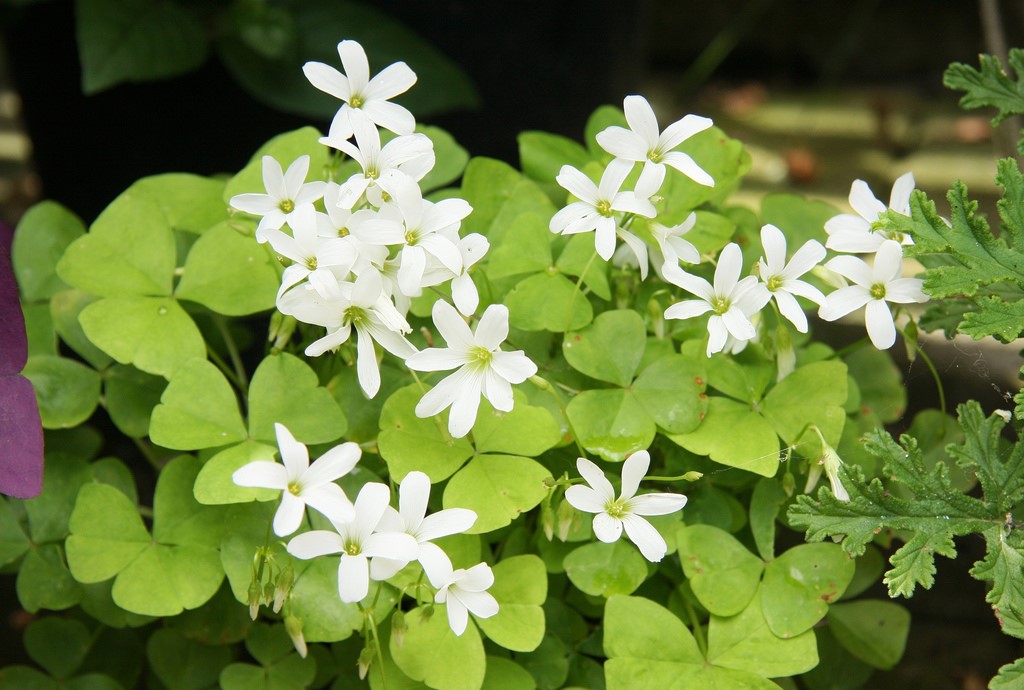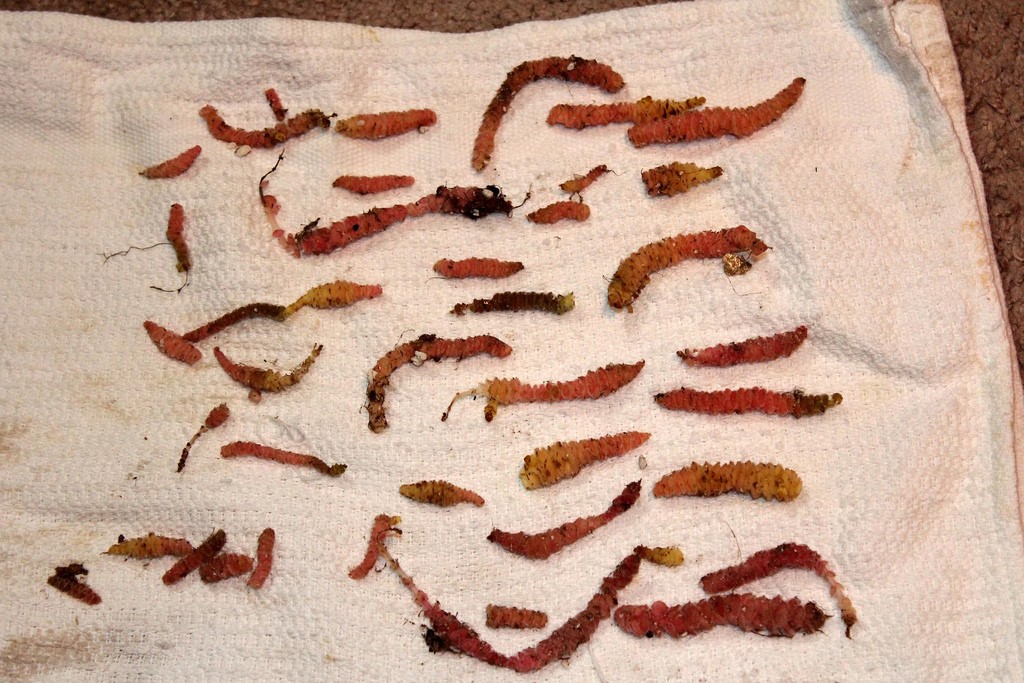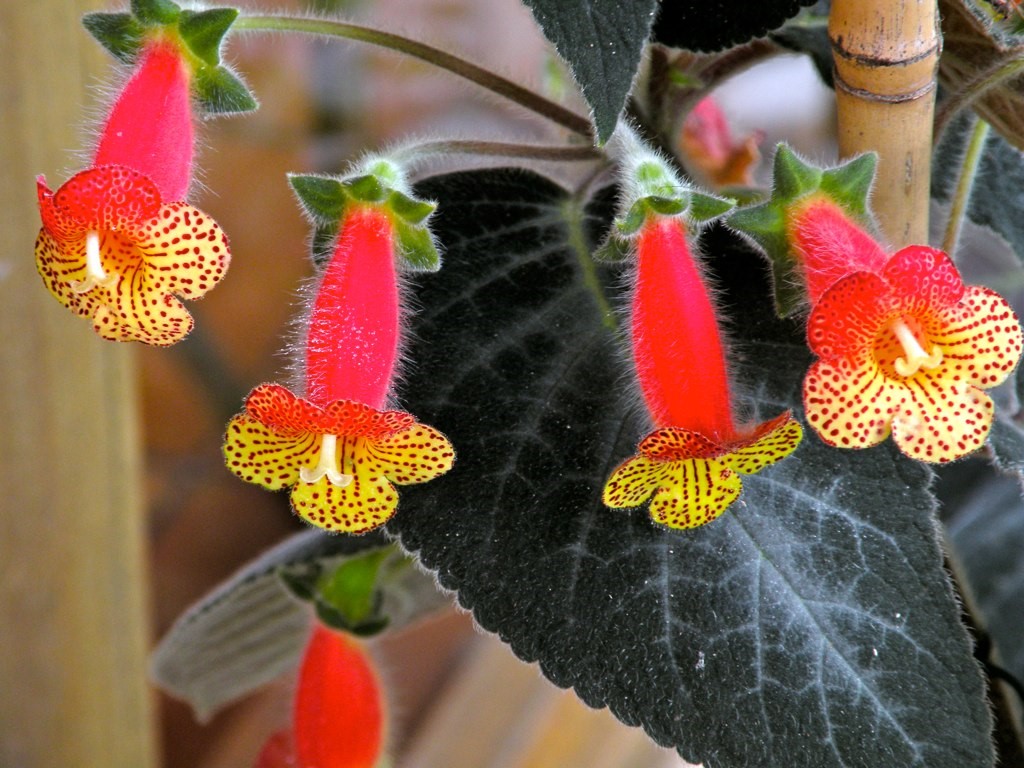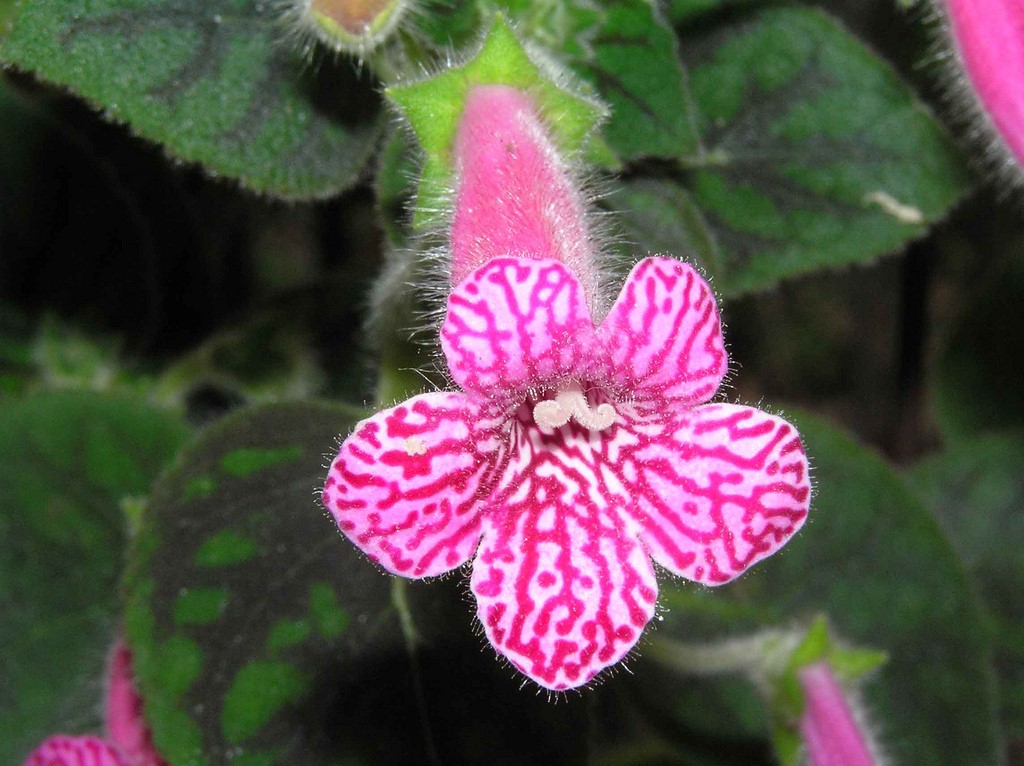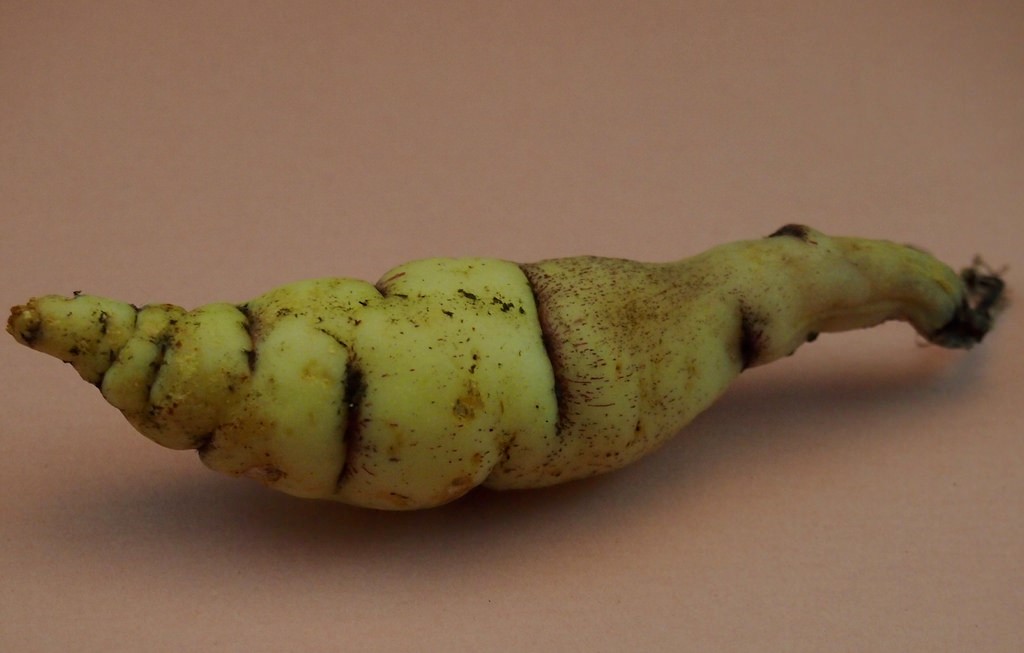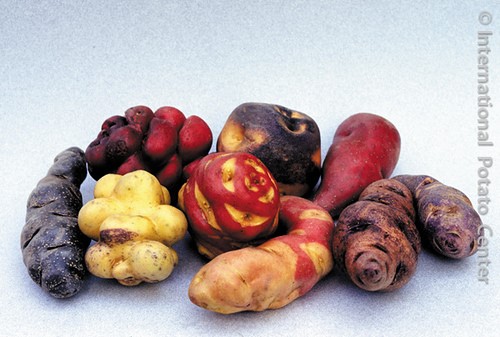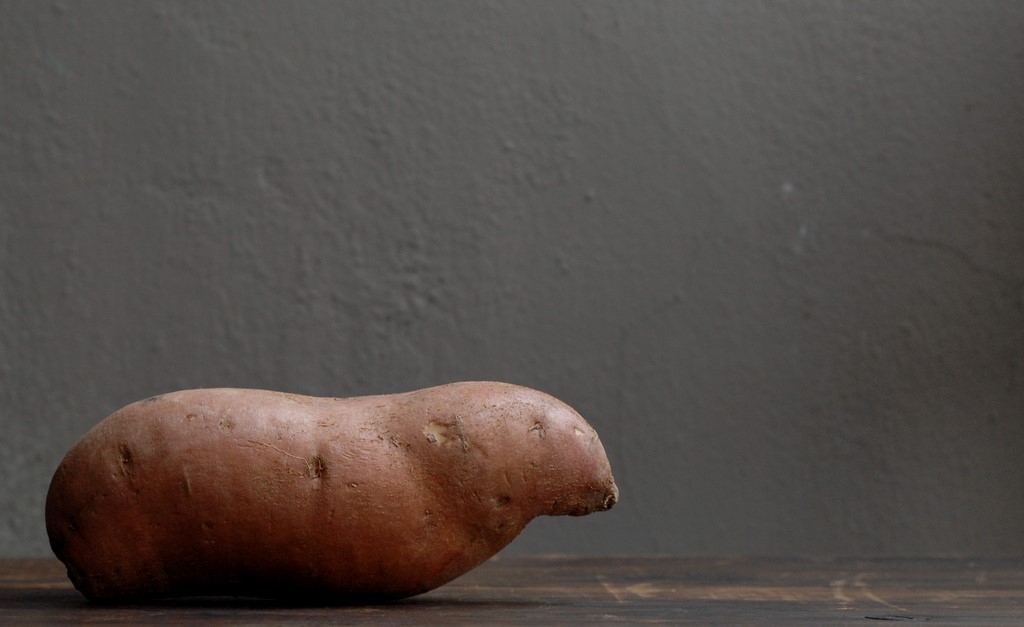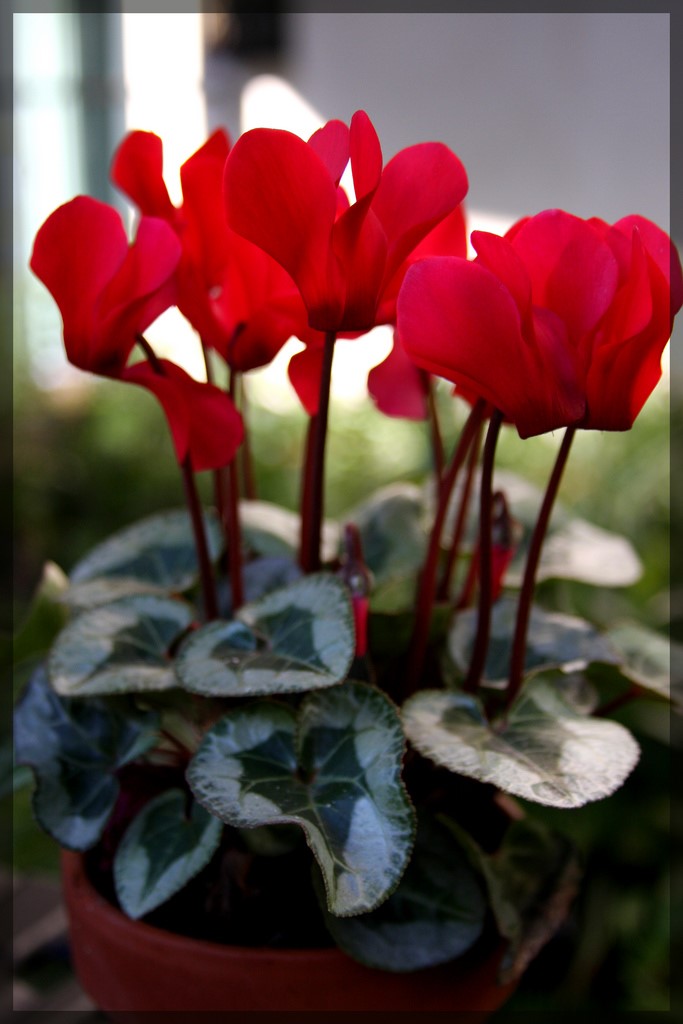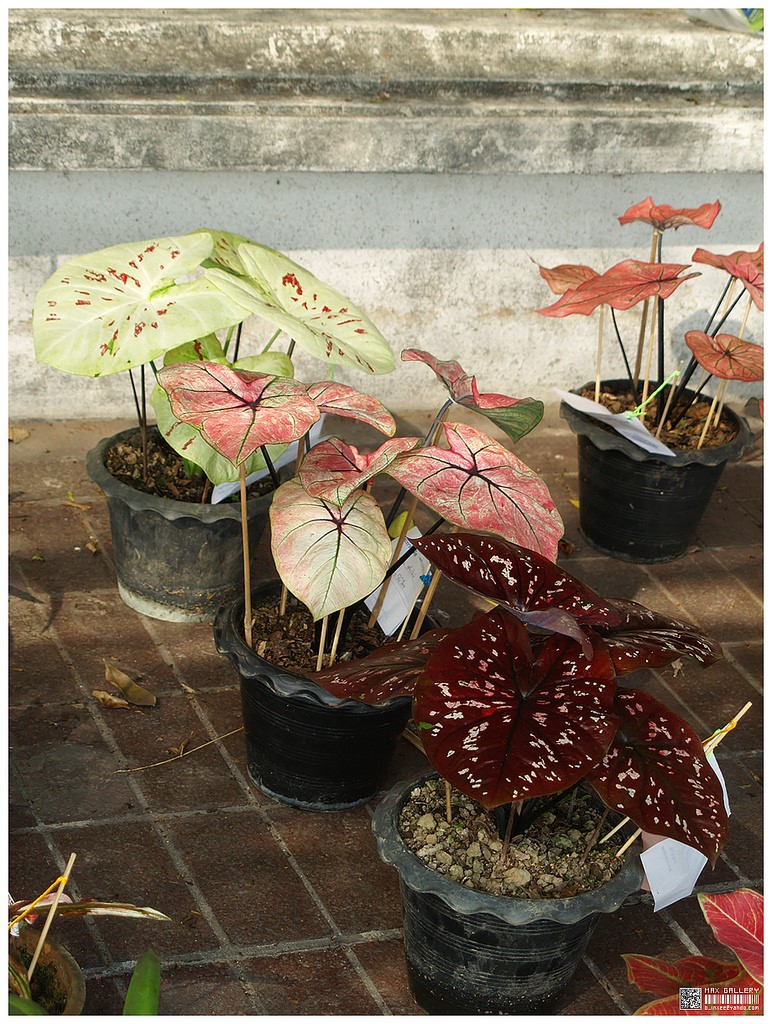Bulbs, Corms, Rhizomes, And Tubers Explained
Many people refer to a plant that has a swollen, underground food storage organ as a bulb plant, but that isn’t always true. A more accurate thing to call them is “geophyte,” which translates from Greek to “earth plant.” There are actually four distinct types of geophytes: Bulbs, corms, rhizomes, and tubers. If you would like to see more pictures of geophytes, ask questions, or get tips and tricks, feel free to head to our Facebook group, House Plant Hobbyist.
Bulbs — Bulbs are round, almost slightly teardrop shaped, and are made up of layers, with the outer part being papery. The classic example of a bulb is an onion. Yes, onions are actually the bulb of the plant. The bottom of a bulb has what’s called a basal plate, which is the flatter part that the roots emerge from. On the other end of a bulb is the slightly pointy bit; this is where the visible part of the plant emerges from. These multiply by producing new bulbs from the base of the old bulb, which will need to be divided, i.e. removed from each other.
Corms — These also have a basal plate where the roots emerge, but are flatter and not layered like a bulb. While they may be a solid unit, they are covered by a thin, papery “tunic” just like bulbs. When a corm gets too old it will produce new corms, and you will be able to see the dried up old corms sticking to the newer corms sometimes.
Rhizomes — The name “rhizome” actually comes from the Greek for “mass of roots.” Unlike the previous two, rhizomes are actually a horizontally growing modified swollen stem. These can sometimes just look like a mass of roots, with the stalk lying on top of the soil. Rhizomes multiply by forming buds, but you can basically cut off any part of one and propagate an entirely new plant.
Tubers — These are thick, swollen stems that tend to grow just below the surface of the soil. A classic example of a tuber is a potato, which we all know has a thick skin and produces “eyes,” which are where new plants grow.
If you want personalized advice or tips and tricks from other Pelliona repens owners, head over to House Plant Hobbyist on Facebook to join our global community of plant people! Check us out on Instagram for more great plant-related content, and get special content by joining our Patreon community!
You can also join us on Mesh, a new social media app that we LOVE! Once we reach 1,000 members we are going to do doing a fun little giveaway, so make sure to check it out!

